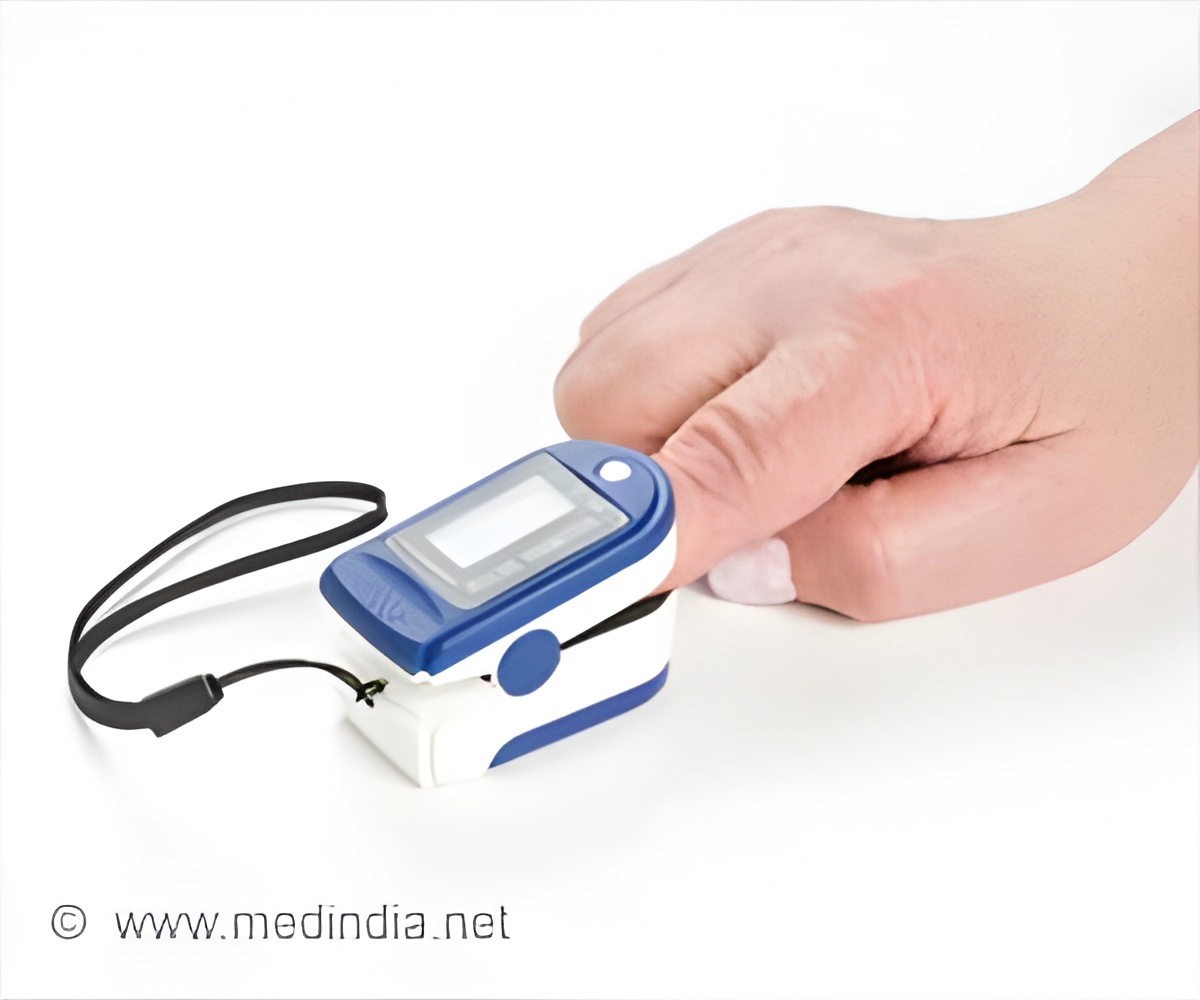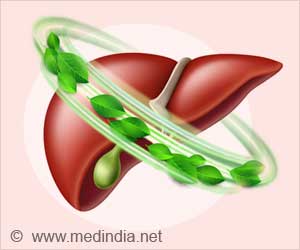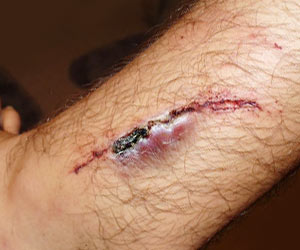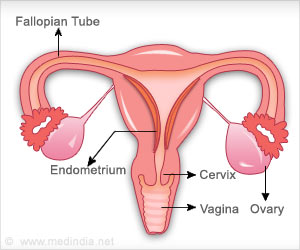High altitude training exhibits potential benefits for pre-surgery patients, enhancing readiness, stated a new study.

Potential for using simulated altitude as a means of prehabilitation: a physiology study
Go to source) The research is published in Anesthesia by researchers from King’s College London, Royal Melbourne Hospital, Oxford University Hospitals NHS Foundation Trust, Beth Israel Deaconess Medical Center and the University of Limerick.
Urgent Pursuit by Anesthetists to Mitigate Surgery Risks
Many patients waiting to have major surgery have low levels of fitness, high BMI, sedentary lifestyles or anemia, which are associated with higher rates of complications and deaths after surgery. Anesthetists are urgently trying to develop more effective means of improving fitness before operations, known as prehabilitation, to reduce this possibility.‘Exposure to simulated altitude could potentially offer benefits for elderly and less active patients. #lowoxygenlevels #hypoxia ’





Altitude training is known to improve fitness and lead to higher blood levels (hemoglobin, which carries oxygen in the body) in athletes through exposure to reduced oxygen levels (hypoxia), which are similar to the conditions passengers experience during an airline flight. In athletes, a low oxygen environment stimulates an increase in hemoglobin to carry more oxygen throughout the body, enabling them to perform better in low-altitude environments. Researchers questioned whether exposure to simulated high altitude could benefit older people who face a risk of complications ahead of surgery, introducing the concept of ‘altitude prehabilitation’. To test this, they recruited eight sedentary volunteers with an average age of 64 to spend two weeks living in the National Altitude Training Centre in Ireland, a ‘hypoxic house’ in which oxygen levels in the air are tightly controlled.
During one week, the house contained normal air, while during the other week the oxygen levels were mildly reduced (similar to conditions during an airline flight, equivalent to approximately 2438 m or 8000 ft). Volunteers underwent cardiopulmonary exercise tests before and after each week-long exposure.
Simulated high altitude boosted hemoglobin significantly in participants but didn’t alter aerobic fitness. This rise in hemoglobin might benefit surgery preparation.
In practice, small scale hypoxic canopies could be provided to patients to use while sleeping for the weeks leading up to their surgery. The use of hypoxic technology is also already widespread, as hypoxic rooms or tents are available at high-end gyms and in professional sports clubs, and similar hypoxic air systems are used to prevent fires on an industrial scale, such as in warehouses and library archives. In healthcare settings, hospitals could create small or large hypoxic spaces for patients ahead of surgery, as the technology is available.
Advertisement
Reference:
- Potential for using simulated altitude as a means of prehabilitation: a physiology study - (https://associationofanaesthetists-publications.onlinelibrary.wiley.com/doi/10.1111/anae.16158)
Advertisement









